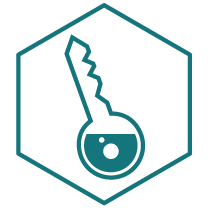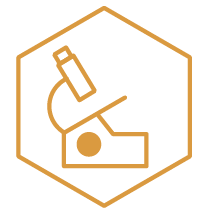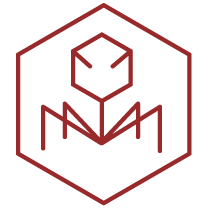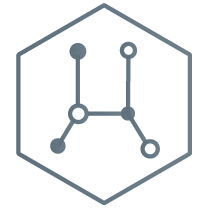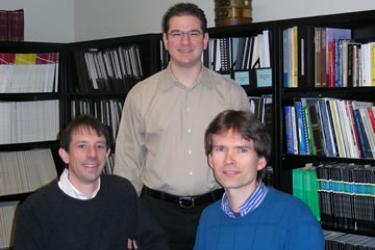
Project Description:
The delineation of whole genome sequences including the human genome have opened up new avenues to study biological phenomena using combined computational and experimental methods. Novel, fundamental questions about diversity and complexity in nature have also arisen from the obtained genomic information. For example, the tremendous complexity of higher organisms, in particular humans, cannot be explained by the number of genetic building blocks present in genomes when comparing primitive species, such as worms and flies, to mammals and primates.
Our team will be applying our extensive experience in computational biology as well as the molecular biology of RNA editing, which represents a phenomenon that allows organisms to produce many more functional molecules than what would be predicted from analyzing the genome.
We are working to develop a new software platform that will allow us to mine sequence databases to uncover genes that are subject to modification by RNA editing. The computational work is closely linked to experimental work using mammalian specimen to validate candidate targets and to address how editing affects individual gene function.
Professors Daniel Lopresti (Computer Science & Engineering), Ian Laurenzi (Chemical Engineering), and Stefan Maas (Biological Sciences)
Project Year:
2007
Team Leaders:
Stefan Maas, Ph.D.
Ian Laurenzi, Ph.D.
Daniel Lopresti, Ph.D.
Graduate Students:
Dylan Dupuis
Mark Strohmaier
Undergraduate Students:
Benjamin Evans
Jessica Latona
Allison Porman
Patricia Rekawek

